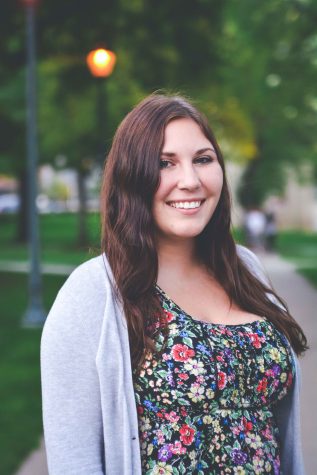“Engaging the Future” at Cleveland Play House
Cleveland Play House (CPH), a Cleveland theatre company, was one of the 10 organizations involved with the “Engaging the future” project that The Cleveland Foundation started three years ago. The mission of “Engaging the future” is audience development; or, in this case, attracting younger audiences to feed the performing arts in the years to come.
The Cleveland Foundation just gave CPH a $350,000 grant as the last part of the project. The project was “three years of learning, experimenting” and “innovation,” said Kathleen Cerveny, director of Institutional Learning and Arts Initiatives at The Cleveland Foundation.
They set out with a mission to keep the arts sustainable in a society where people can easily get entertainment elsewhere. The project created a series of activities that brought art organizations together to plan the future of the arts and what other art organizations did in other cities. The Cleveland Foundation then gave them a little bit of money ($15,000) to start them off, encouraging them to try new things.
The motivation behind the project was to help art organizations think creatively and attract the next generation of audiences. Kathleen said that the normal audiences for the arts are “aging and moving away to Arizona or Florida.”
Additionally, the focus on the arts has gone down in schools and the worry is that as the audience ages, and eventually moves on, the arts will not be able to survive with such a loss of attendance. “We’ve provided funds for [the development of] new ideas, not only [in their] own internal culture, but also in order to be responsive to the audience,” said Kathleen.
The changes that CPH has made internally is the breakdown of the different departments. They worked on mixing up the work and combining different sections. CPH also used the grant money to create an app, which is an educational game to attract kids to theater.
The grant money was given in two parts. One part of the money is for working capital, or money used to keep the organizations afloat, and the second is for risk, or innovation, capital, which is money used to try new approaches. Kathleen said that they also taught the organizations what happened when they took risks, and how to work with trial and error.
The 10 organizations have to match $200,000 over the next three to five years to create a permanent fund that The Cleveland Foundation hopes will continue innovation toward the ever-changing future of the arts.

Alex Clarke is a senior with majors in english and psychology and a minor in marketing. She also writes for Trill Mag, wrote for McClatchy newspapers for...

